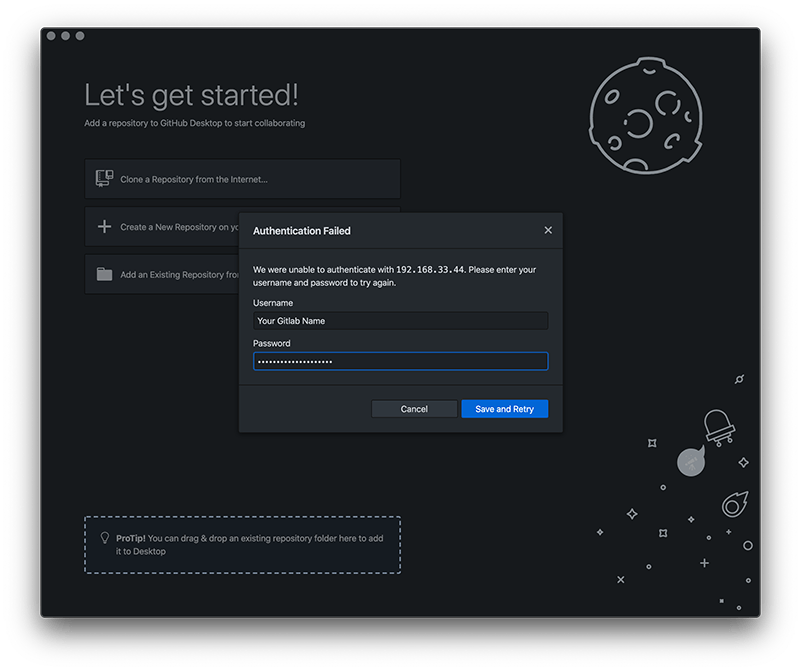

They are already implemented, but nothing prevents you from overwriting them or adding your own. Here we can see the steps which will be performed after running the vendor/bin/dep deploy command. It contains, among other things, such part: desc('Deploy project') In this case, I used the Symfony 4 preset. You can do it manually or by executing the following command:Īs I mentioned before, Deployer offers built-in presets for deploying applications. Then create the deploy.php file in the root directory of the application. To install Deployer, run the command composer require deployer/deployer -dev which will add it to the vendor directory. This step is required only if we want to build the application on the target server.įinally, we need to grant the appropriate permissions to the created files, e.g. To do this, put the appropriate private keys into the ~/.ssh directory. Therefore, you need to provide access to the repository and other dependencies on your hosting.
#How to install gitlab on web server code#
We will pass the private key to Deployer so that it can connect to the hosting.Īdditionally, as mentioned above, Deployer will download the code from the repository on our hosting. To enable such authorization on my hosting, it is required to generate a pair of keys using the ssh-keygen command, and then add the public key to the ~/.ssh/authorized_keys file. Connection to the hosting will be via SSH with key authorization. In order to upload an application to our hosting, the Deployer must have access to it. In this post I will show you both approaches. Another way is to build the application once (locally or in the CI/CD) and upload the finished application to a selected place on the server. Deployer will then run commands on the target server where it will download the repository, dependencies, etc. The first is to perform the entire build process on the server on which the application will be running. This tool allows you to deploy code in two ways. It also has the ability to configure many deployment environments, so that before releasing the code to production, we can, for example, upload it to the test environment, so that the QA team can test the new functionality. The undoubted advantage of Deployer is that it allows you to rollback the code to the previous version in case something goes wrong. The tool already has built-in presets for various frameworks such as Symfony, Laravel, WordPress and many more. Thanks to Deployer, we can create our own tasks and run them in the selected order. Nobody wants to do repetitive activities manually. It automates the entire process which we would have to do manually without it. Why Deployer?ĭeployer is a simple tool which allows you to deploy the application to the server. I will use Gitlab CI/CD for this process, which will run unit tests and then upload the code to the hosting using the Deployer.
#How to install gitlab on web server how to#
In this post, I will show you how to upload the application and new functionalities automatically to the server. After its completion, you need to upload it to the server so as the users can use it.

The development of an application does not end with the programming itself.


 0 kommentar(er)
0 kommentar(er)
